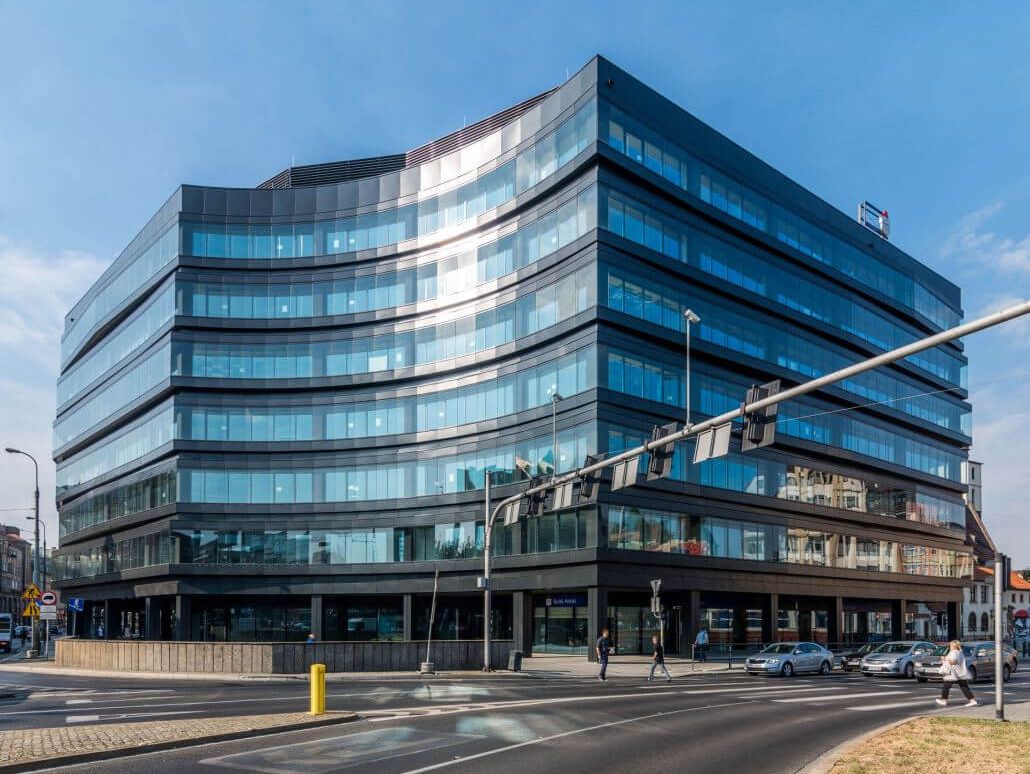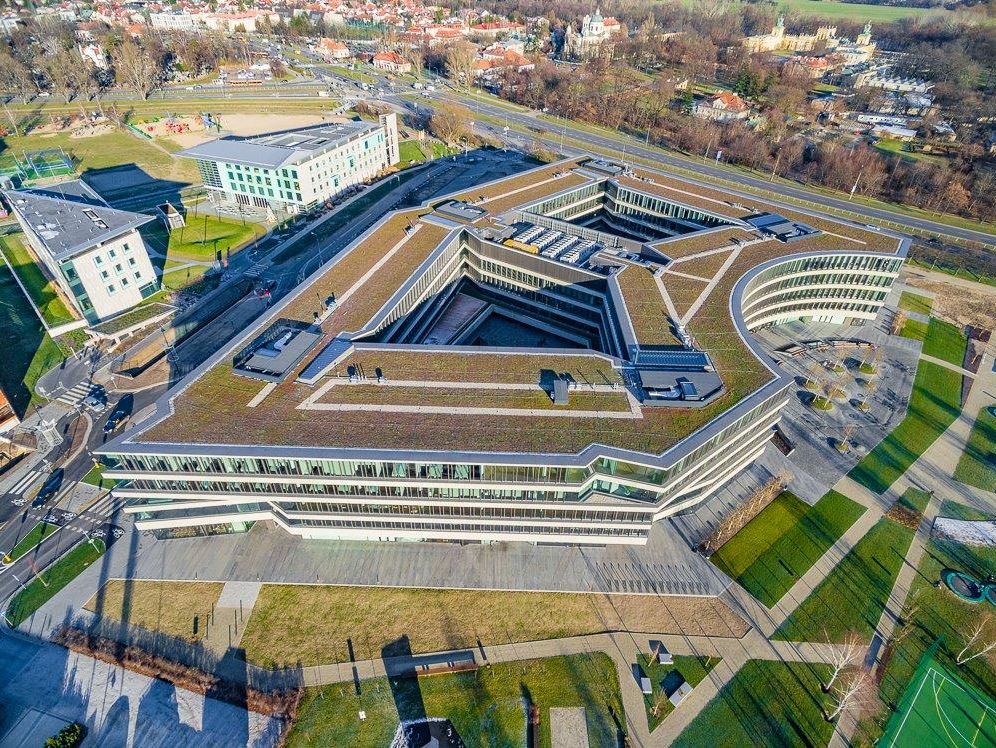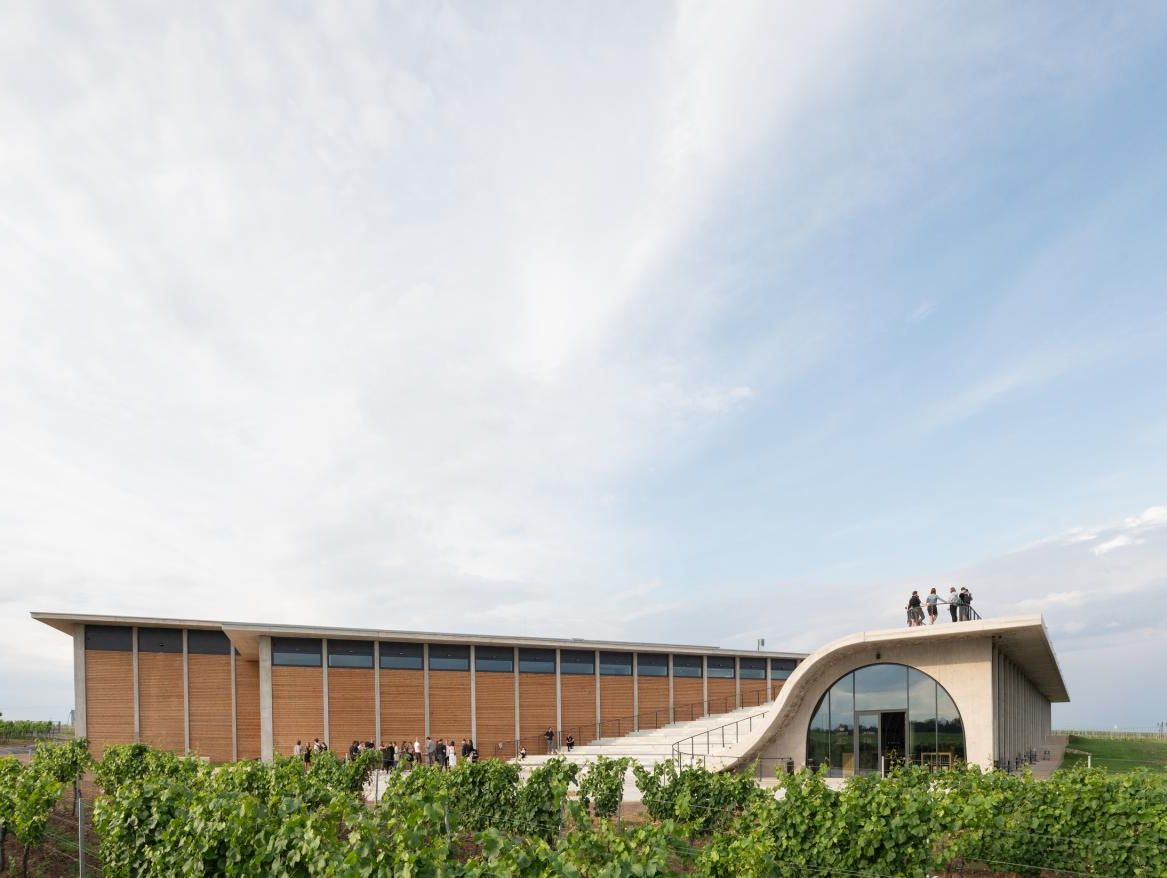3 principles that define a true green building
Green buildings are growing in popularity globally. This is partly due to the extraordinary social attractiveness of the ecological approach, as well as a genuine concern for the state of the environment and the impact that buildings have on nature. What principles define a true green building, and what is often forgotten in the colloquial definitions of this trend?
A green building is a concept that defines the way in which a project is carried out so that the newly constructed building coexists in harmony with its surroundings and the needs of its occupants, while generating as few ongoing costs as possible, including those for future generations. To meet all these conditions, however, buildings need to be constructed according to certain rules.
Unfortunately, despite its great popularity, the idea of green buildings is often mistakenly confused with RES (renewable energy sources) or surrounding buildings with greenery. Nothing could be further from the truth! In this article, we present the 3 key principles that define the concept and explain what a green building is and is not.
Optimisation of the energy balance
The first and one of the most important principles defining a green building is the issue of energy. Its consumption should be as low as possible – or even zero in the case of passive buildings. Furthermore, it must be used with respect for the environment and natural resources. In addition to the mere fact of using RES in green buildings, great attention should be paid to their thermal insulation.
Thermal insulation (also known as thermal performance) refers to the capability of the partitions, that is the walls, windows, doors, ceilings, roof, etc., to retain heat inside a building. The higher its value, the lower the energy required for heating, the lower the amount of pollutants going into the atmosphere and the lower the bills.
Walls, ceilings and the roof can all be insulated. What about doors and windows? The answer is the MB-104 Passive energy-efficient window and door systems from Aluprof, where the manufacturer has opted for many innovative solutions. With these, windows and doors can offer the highest thermal insulation, allowing them to be used even in passive buildings. In addition to excellent thermal insulation, they also provide very good sound insulation, water- and air-tightness and high structural strength.

Dominikański, Wrocław, Poland. Systems used: MB-SR50N, MB-SR50N PL, MB-SR50N EI, MB-70US, MB-70, MB-78EI
Green construction materials
The second issue is the right construction materials. For classic materials, the production process consumes large amounts of energy and resources. Furthermore, once they have been used, they are usually no longer recyclable. Attention should therefore be paid to the conscious use of such raw materials which are either renewable or, after processing, remain available for future generations.
“An example of such a material is aluminium, which is one of the main raw materials used to manufacture Aluprof MB-SR50N and MB-SR50N HI+ façade systems. The material used in their manufacture is almost 99% recyclable and reusable. And it is possible to gain additional points for the use of aluminium when certifying buildings under LEED or BREEAM certification systems,” says Tomáš Buček, Project Manager of Aluprof System Czech s.r.o.

Dominikański, Wrocław, Poland. Systems used: MB-SR50N, MB-SR50N PL, MB-SR50N EI, MB-70US, MB-70, MB-78EI
Well created architecture
A final element, equally important in terms of green building, is the issue of architecture. We can see that the form of the building is important, as well as its orientation in relation to the world and the use of glazing in places that allow the efficient absorption of solar energy for lighting and heating of the interior. Economic considerations are increasingly favouring green buildings. These types of projects find tenants more easily while also guaranteeing, in the long term, a higher rate of return than conventional buildings. Increasingly favourable legal standards or incentives in the form of subsidies mean that the number of buildings of this type is growing faster.
For more information on the solutions that define a true green building, see the Alubook album edition.

Let’s build a better future
Green buildings focus on protecting the environment, caring for the health of the occupants and aiming for the lowest (or zero) energy consumption possible. This is one of the European Union's priority sectors, and crucial to Europe's economy. The aim is to improve the energy security of EU member states, reduce harmful CO2 emissions and reduce the EU economic dependence on the imports of gas, oil and other fossil fuels. By keeping in mind the principles that truly define a green building, we can add our part to the process.
